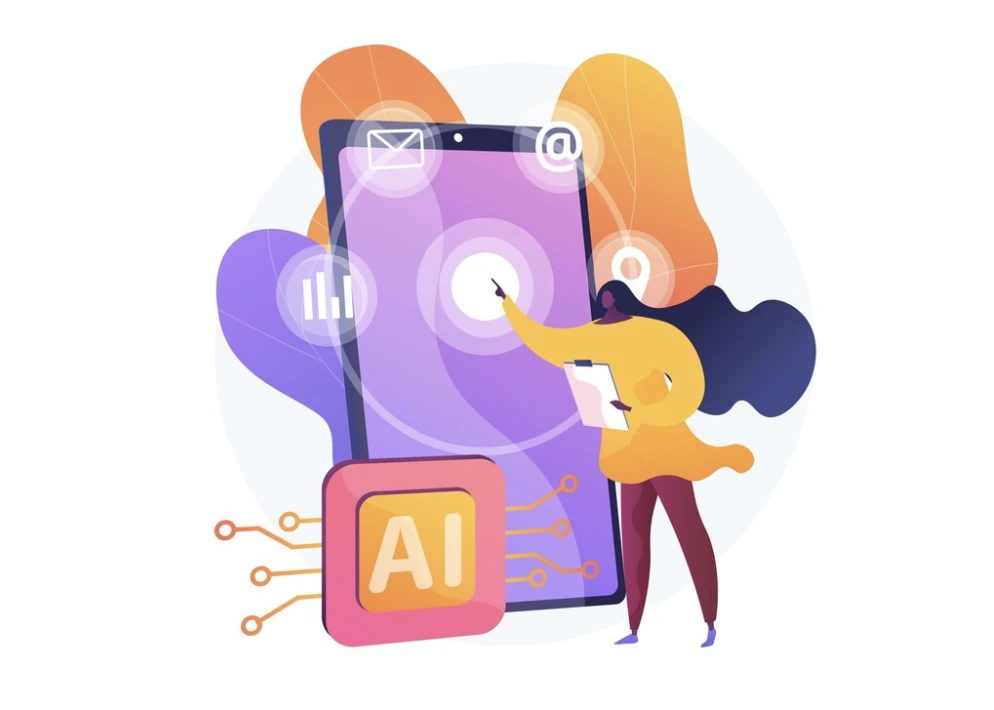
image by vectorjuice, from Freepik
New OSI Definition Of Open AI, Challenging Meta’s Model Standards
In a Rush? Here are the Quick Facts!
- Open Source Initiative defines “open” AI
- Open Source AI allows unrestricted use, modification, and sharing of technology.
- AI models must disclose training data and source code to be open source.
The Open Source Initiative (OSI) has announced its official definition of “open” AI, which could lead to a confrontation with tech giants like Meta, whose models reportedly do not meet these new standards, as reported by The Verge.
According to The Verge, the OSI has long been the go-to authority for defining open-source software. However, AI systems involve aspects not covered by traditional licenses, such as the data used for training models.
According to the new definition, for an AI system to be considered Open Source, it must let users use it for any purpose without needing permission. Users should also be able to check how the system works and inspect its components.
This includes the ability to change the system for any reason, including its outputs, and to share it with others, whether in its original or modified form.
To make modifications, users need access to what’s called the “preferred form” of the system. This means providing detailed information about the training data, including where it came from, its characteristics, how it was selected, and how it was processed.
This information is necessary for users to replicate the system. Additionally, the complete source code that runs the AI system must be shared, covering everything from data processing to model architecture and testing. Model parameters, such as weights and configuration settings, should also be available for users to fully understand and modify the system.
The Verge also notes that this new definition directly challenges Meta’s Llama, which is often advertised as the largest open-source AI model. Although Llama is publicly available for download, it has restrictions on commercial use, especially for applications with over 700 million users, and it doesn’t provide access to its training data.
This means it does not meet OSI’s standards for unrestricted use, modification, and sharing.
Meta spokesperson Faith Eischen told The Verge that while “we agree with our partner OSI on many things,” the company disagrees with this definition.
“There is no single open source AI definition, and defining it is a challenge because previous open source definitions do not encompass the complexities of today’s rapidly advancing AI models.”
Eischen added, “We will continue working with OSI and other industry groups to make AI more accessible and free responsibly, regardless of technical definitions.”
Simon Willison, an independent researcher and creator of the open-source multi-tool Datasette, expressed optimism about the new definition: “Now that we have a robust definition in place, maybe we can push back more aggressively against companies who are ‘open washing’ and declaring their work open source when it actually isn’t,” he told The Verge.


 Previous Story
Previous Story

 Latest articles
Latest articles 

Leave a Comment
Cancel